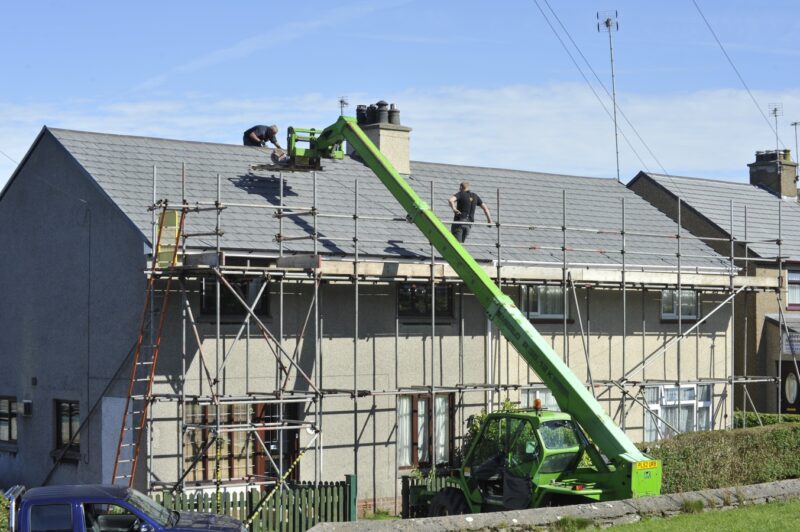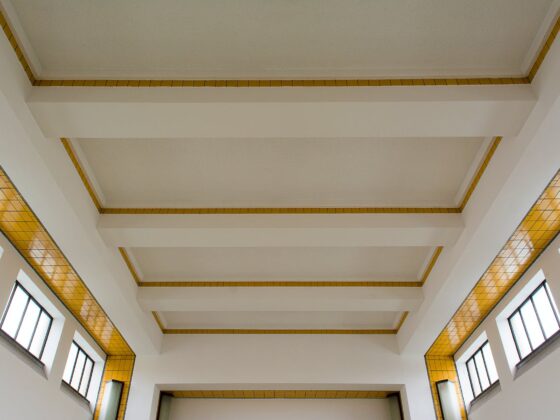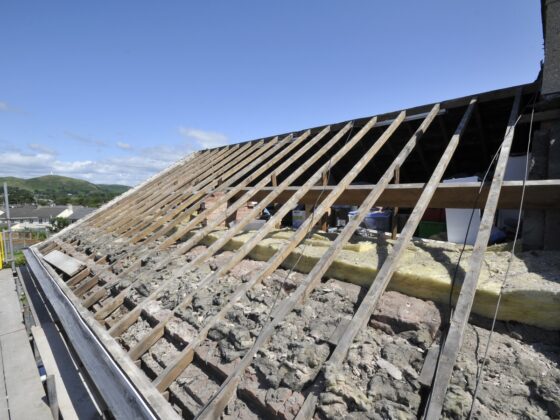The Myth of Duct Tape as a Universal Fix-It Solution
When it comes to home repairs, there’s one item that seems to have achieved legendary status: duct tape. It’s often hailed as a quick and easy solution for just about anything that needs fixing. But, as handy as it may seem, duct tape is not the miracle worker it’s often made out to be. In fact, there are several reasons why you should never use duct tape for home repair.

1. It’s Not Designed for Long-Term Solutions
Duct tape was originally created during World War II as a waterproof sealing tape for ammunition cases. While it served its purpose well in that context, it was never intended for use in long-term repairs or as a permanent solution. Over time, the adhesive on duct tape can break down, causing it to lose its stickiness and effectiveness. So, if you’re looking for a lasting fix, duct tape is not the answer.
Duct tape, despite its name, is not the ideal choice for home repairs, especially when it comes to ductwork. Here’s why:
- It’s Not Designed for High Temperatures: Duct tape was the only product that failed in a test of 19 different sealants conducted by Berkeley Lab. The test involved alternating airflow between 54 degrees and 167 degrees every five minutes for three months. The adhesive degraded and failed within days due to the extreme temperature changes.
- It Doesn’t Seal Properly: The primary purpose of using tape on ducts is to prevent air leaks, which can increase energy bills. Duct tape’s adhesive fails when exposed to extreme temperatures, leading to the same leaky ducts after a short period1.
- It Can Be a Fire Hazard: Duct tape consists of three layers: polyethene, fabric, and adhesive. The fabric layer is flammable, and if the outer layers wear away, it poses a fire hazard, especially in areas subjected to high temperatures.
- It Doesn’t Last Long: Duct tape is a temporary fix and is known to fail under extreme temperatures and improper sealing. For long-term solutions, materials that can withstand extreme temperatures and provide proper sealing should be used.
For sealing ducts, alternatives like duct putty or foil tape are recommended. These materials are designed to handle temperature changes and provide a long-lasting seal.
2. It Leaves Residue and Damages Surfaces
One of the biggest drawbacks of duct tape is the residue it leaves behind when removed. The adhesive can stick to surfaces, leaving a sticky mess that’s difficult to clean up. Not only does this make the repair look unsightly, but it can also damage the underlying surface. If you’re using duct tape on a painted wall or a delicate surface, you may end up with a bigger problem than what you started with.
3. It’s Not Effective for Sealing and Insulation
While duct tape may seem like the perfect solution for sealing leaks or insulating gaps, it’s not as effective as you might think. Over time, the tape can shrink, crack, or even fall off, leaving your repair job exposed. Additionally, duct tape is not designed to withstand extreme temperatures, so it may not hold up well in situations where heat or cold are factors. For a proper seal or insulation, it’s best to use materials specifically designed for those purposes.
4. It Can Mask Underlying Issues
Using duct tape for home repairs can often lead to a superficial and temporary fix, which may mask more serious underlying issues. Here’s an expanded explanation:
It Can Mask Underlying Issues: Duct tape’s ability to stick to almost anything can be deceiving. While it may seem to fix an issue temporarily, it doesn’t address the root cause of the problem. For example, if there’s a leak in your plumbing and you use duct tape as a quick fix, it might stop the leak for a short time. However, the actual issue, which could be corroded pipes or a faulty joint, remains unresolved. Over time, the problem could worsen, leading to more significant damage and potentially costly repairs.
Moreover, duct tape can hide the symptoms of deterioration in materials. If used on ductwork, it may initially seal an air leak, but it won’t prevent the ducts from continuing to degrade. Eventually, the tape will peel away, revealing the same, if not worse, problems.
Additionally, using duct tape on ductwork can lead to moisture buildup, which not only prevents the ducts from functioning correctly but also creates a breeding ground for mould, mildew, and bacteria. This can have serious implications for indoor air quality and health.
In the context of HVAC systems, Florida building codes even forbid the use of duct tape to seal holes, cracks, or gaps in air ducts. This is because duct tape is not only a temporary solution but also flammable. Over time, dust and dirt can cause the tape to lose adhesion and fall off, which can lead to air leaks and reduced efficiency of the HVAC system.
For these reasons, it’s crucial to use appropriate materials designed for the specific repair task at hand and, if necessary, consult with a professional to address the underlying issues properly.
5. There Are Better Alternatives Available
Fortunately, there are numerous products on the market that are specifically designed for home repairs and are far more effective than duct tape. For example, if you need to seal a leak, there are waterproof sealants available that will provide a long-lasting solution. If you’re looking to insulate gaps, there are foam tapes and weatherstripping materials that are designed to withstand the elements. By using the right materials for the job, you’ll save yourself time, money, and frustration in the long run.
Conclusion
While duct tape may have a reputation as a handyman’s best friend, it’s important to recognize its limitations. From its lack of long-term effectiveness to the damage it can cause, there are plenty of reasons why you should avoid using duct tape for home repairs. Instead, invest in proper tools and materials that are designed for the specific task at hand. Your home and your wallet will thank you in the end.
Frequently Asked Questions
Duct tape is not suitable for home repairs because it’s not designed for high temperatures, doesn’t seal properly, can be a fire hazard, and doesn’t provide a long-term solution.
Why is duct tape not recommended for sealing ducts?
The adhesive in duct tape degrades quickly under extreme temperatures, leading to failed seals and potential safety risks like fire hazards.
While duct tape can be used for temporary fixes, it should not be considered a permanent solution as it can mask underlying issues that may worsen over time.
Alternatives like duct putty or foil tape are better suited for home repairs, especially for ductwork, as they can withstand temperature changes and provide a durable seal.
Using duct tape on plumbing leaks can temporarily stop the leak but doesn’t address the root cause. This can lead to more significant damage and costly repairs in the future. It’s better to use materials specifically designed for plumbing repairs or consult a professional.











